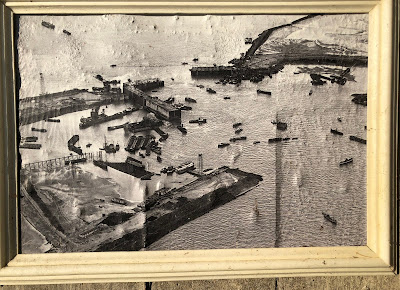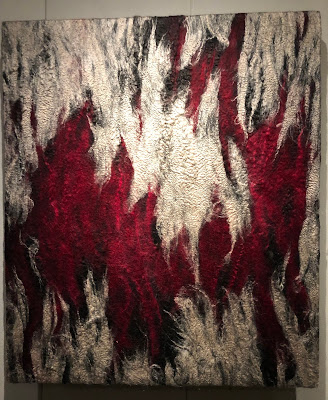Day 8 finds us back in The Netherlands, in Zeeland, which means Sea Land.
Much of this land lies below sea level, protected from the tides of the North Sea by the vast Delta Works project and by the work of the classic windmills. A number of islands are in this region too.
We visited the Watersnoodmuseum, which is housed in three Phoenix caissons that were used to close dike breeches during the last great flood of 1953.
According to our program guide, beginning in 1937, studies conducted by the Rijkswaterstaat (Department of Public Works) showed that high sea levels and the threat of storms posed a danger to many areas of the low-lying Netherlands. In response, dams were built and several river mouths closed with the remaining scheduled to follow suit in the coming decades.
There was a terrible flood in 1953, ruining 150,000 hectares of land and claiming nearly 2000 lives. This tragedy brought about the creation of the Delta Commission and a plan for an ambitious series of preventative construction projects know as the Delta Works, including storm-surge barriers, dams, locks, levees and dikes - designed to shorten the coastline and enlarge the land area and protect it from the ocean.
The Delta Works took almost 50 years to complete and cost around $13 billion. The Dutch government spends over $1.3 billion annually on water control, pumping, and dike and canal maintenance.
In the museum, it was interesting to learn more about this tragic flood and read stories of lives lost and those that were saved. It took over a year before people were able to get back to their properties and homes.
One story was about a three day old baby named Teun, who was rescued in this suitcase. He still lives in the town.
Someone embroidered all of the names of the people who lost their lives in that flood onto these five panels and when put together, it forms a map of the area!
These tapestries were made by Claudy Jongstra - you can read more about her work in the photo below. She had many pieces hanging in the museum.
Above is part of the Delta Works project. If I remember right, I believe it is the Oosterscheldekering, measuring 5.6 miles, with each of its 62 openings measuring 131 feet in width in order to allow salt water to flow into the river mouth and maintain the area's unique aquatic environment.
On this tour, we also visited the small town of Veere, which was really pretty and fun to walk around.
Leaving and heading back to Amsterdam, Mike took pictures of our ship going through this lock. We went through several locks, but many of them were at night, so it was fun to see during the day.
























No comments:
Post a Comment